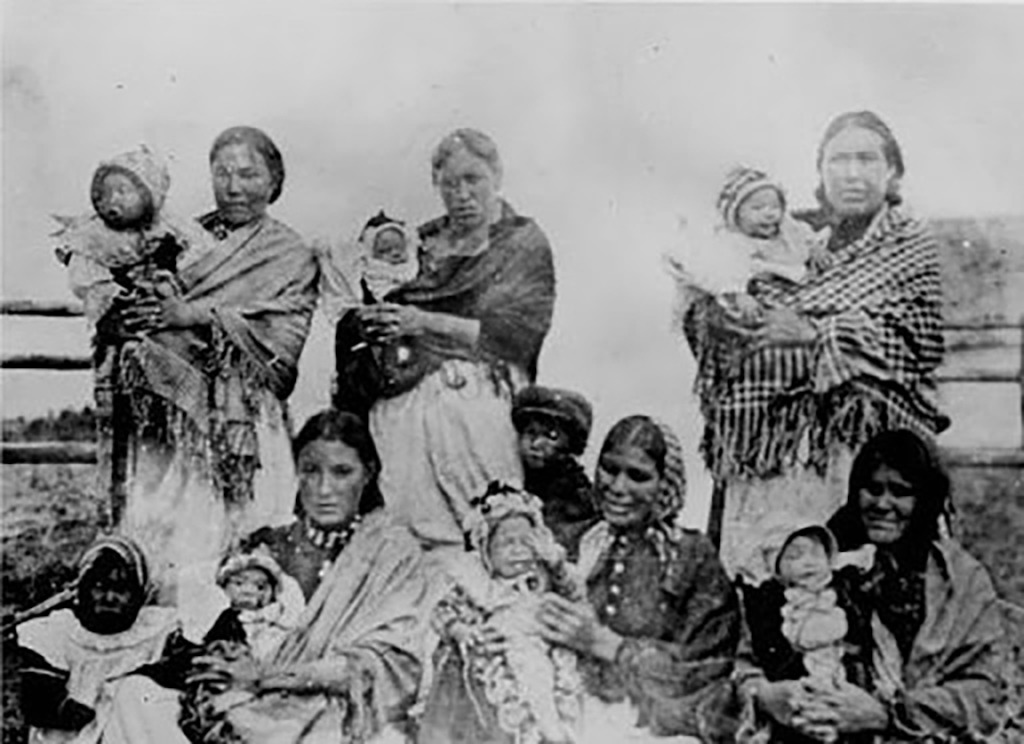
Native Americans Origins News
Native Americans Origins News

In the past few weeks there have been several updates in regards to information pertaining to the mysterious origins of Native Americans. Although, as usual, the new information is not definitive, it seemingly adds new possibilities which researchers will now attempt to evaluate in comparison to existing theory. The first piece of interesting information is that researchers now believe that Native Americans did not originate as a result of one single migration from Asia, but most likely stemmed from at least three. The research, described in Popular Archaeology, states that an international team led by Professor Andres Ruiz-Linares of the University of College London and Professor David Reich of the Harvard Medical school, have come to this conclusion after comparing the DNA of 52 Native American and 17 Siberian groups. All together, the team analyzed over 300,000 DNA sequences.
However, the team also found that the majority of natives descend from only the original migrants across Beringia over 15,000 years ago. In fact, only native groups that live in arctic regions and speak either Eskimo-Aleut or Na-Dene languages felt any genetic effect from the second and third migration across the Bering Land Bridge. Though these groups are more closely related to modern East Asian populations, the arctic groups still derive between 50% and 90% of the DNA from the first migrants. This suggests a genetic mixing between all three migrant groups. In addition, researchers were able to trace the potential genetic path followed by the original migrant group. After their arrival, the first group traveled south along the coast, splitting into separate population groups as they traveled into South America. However, DNA suggests that there was some reverse migration among these groups.
Some native populations in Central America show genetic traits of both North and South American groups. In addition, some Eastern Siberian populations show Native American traits that could only have occurred if established native populations reversed their path back across the Bering Land Bridge to mix their genes with Asian populations. The second recent study regarding the origins of Native Americans has less to do with DNA and more to do with human artifacts. For many years those who believed that North American natives descend from a single migration from Asia also believed that this single migrant groups was most likely what archaeologists call the Clovis Culture. Clovis Culture is defined by the presence of a distinctive type of stone tools like projectile points. This type was first discovered in New Mexico in the 1920’s and 1930’s. Radiocarbon dating has placed the arrival of the Clovis Culture from Siberia to approximately 13,000 years ago.
For decades many theorists have believed that all natives in North, Central, and South America descend from Clovis groups and perhaps a single migration of people. However, more and more often, this is no longer thought to be the case. Aside from the study referenced above, some of the most intriguing evidence building a case for the multiple migration theory is coming out of Paisley Caves in South-central Oregon. Although this set of caves have been studied since the 1930’s, recently archaeologists have uncovered what many believe could be pre-Clovis human artifacts. What researchers have found are over a hundred examples of what is called Western Stemmed projectile points, a style of stone tool which differs significantly from the Clovis tradition. In addition, archaeologists have analyzed examples of dried human feces called coprolites. What is missing from the cave system is the presence of any Clovis artifacts.
According to an article from Archaeology Daily News, the Paisley artifacts radiocarbon date to at least 13,200 years ago. If this analysis is correct, the Paisley artifacts would either pre-date or would have been contemporary with Clovis culture. Although the ancient DNA taken from the coprolites show an east Asian or Siberian origin, because the tool making traditions are so different, this evidence would also suggest the presence of two separate groups in ancient America. In fact, researchers associated with the University of Oregon have postulated that the people of the Western Stemmed tradition may have descended from a separate migration that took place along a sea route, following the coast of ancient Beringia. Researchers also suggest that the Clovis culture may have first arisen in the Southeastern US, then moved west. However, the Western Stemmed tradition might have begun in the West and might have moved east from there.
Both traditions would have remained separate for hundreds of years. One of the interesting things I see when comparing these two studies is that they seemingly explain multiple migrations that are even separate from one another. The DNA study shows three separate migrations, but states that the DNA contributions of migrations two and three were limited to the very arctic regions of North America. However, the Paisley Caves study seems to have uncovered a population descended from a completely independent migration that existed apart from arctic regions. The studies don’t necessarily contradict each other. Rather, each suggests that there is more to the origins of Native Americans than we currently understand. Considering how much has changed in Native American origin theory in the last year, I can’t wait to see what the next year of research brings us and potentially how this might impact what we believe about the origins of natives in New England.





Responses